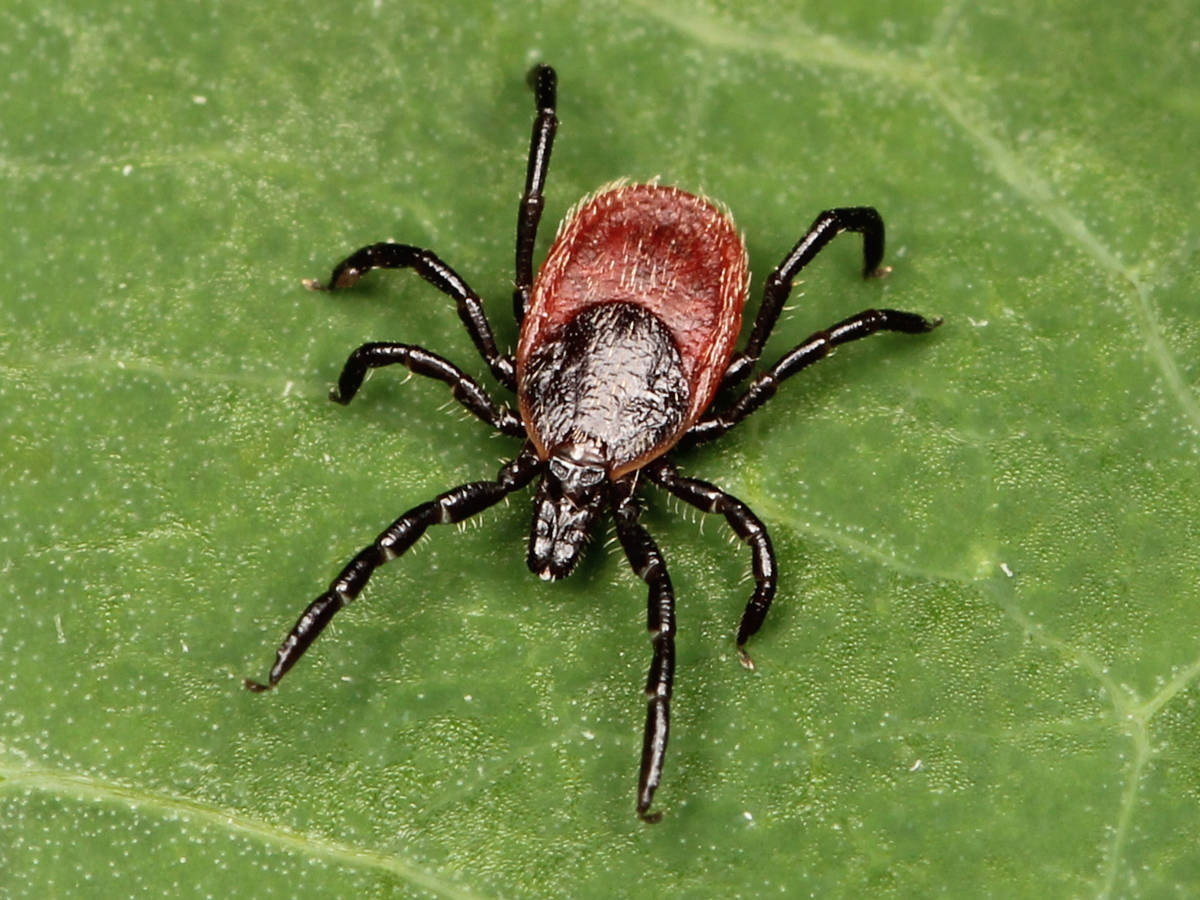Submitted by Kwiaht.
Lopez-based conservation biology laboratory Kwiaht has launched a two-year study of the distribution and hosts of local ticks, and of the diseases, they may spread to island wildlife as well as people. The San Juan Island Community Foundation will help defray the cost of testing.
Relatively little is known about tick ecology or pathogens in San Juan County, Ticks have never been collected or tested systematically. Ticks have not historically been abundant in the San Juan Islands, and it remains unclear whether anyone has contracted Lyme disease from a tick bite here. This is likely to change in the near future, however, Kwiaht Director Russel Barsh said, increasing the risk to humans and well as livestock, pets, and local wildlife.
“Climate change is helping ticks thrive and spread throughout North America, bringing tick-borne diseases such as Lyme with them,” Barsh said. “Learning which habitats and animal species are most important to the tick life cycle in the islands will be crucial to responding effectively to this growing risk.”
Ticks have complex life histories and may feed on several different host species before they mature fully and reproduce, sharing different pathogens and diseases at each stage. Their impact can be widely felt in ecosystems where they are abundant. At least twenty wildlife diseases have been traced to tick-borne pathogens such as Borelia, which causes Lyme Disease in human hosts.
The widespread Western black-legged tick (Ixodes pacificus) has been documented feeding not only on humans and other mammals, including domestic pets and livestock as well as wildlife such as rodents, deer, fox and raccoons, but also on birds, reptiles, and amphibians throughout its Pacific coastal range. Some of the recent detections of ticks in the San Juan and Gulf Islands were on Alligator Lizards, which interestingly appear to have evolved countermeasures to Borelia. But reliable records are scarce, and very few ticks found in the islands have been tested genetically for traces of pathogens.
Kwiaht invites all islanders to participate in the study by checking themselves, their pets, and any livestock they may have for ticks. Hunters are also asked to check for ticks on deer, rabbits, and game birds. “Bag ‘em, and contact Kwiaht for pickup.” Kept dry and cool, a tick specimen remains useful for several weeks or more. Kwiaht is also partnering with Wolf Hollow Wildlife Rehabilitation Center, so if you find an injured animal and bring it to Wolf Hollow, it will be checked for ticks to include in this study.
The best way to report your tick to Kwiaht is to email info@kwiaht.org. Ticks will be identified and tested for pathogens in cooperation with the Northeast Wildlife DNA Laboratory in Pennsylvania. A preliminary report and map of tick locations and host species will be made public by May 2022.
Barsh notes that island deer are frequently infested with parasitic deerflies or “keds” (Lipoptera cervi) that superficially resemble ticks but, like all insects, have six legs instead of eight. Deerflies may also harbor Borelia, but the risk to humans is unknown.
“There is much we still do not know about the ways that human health and wildlife health are connected,” Barsh said.



